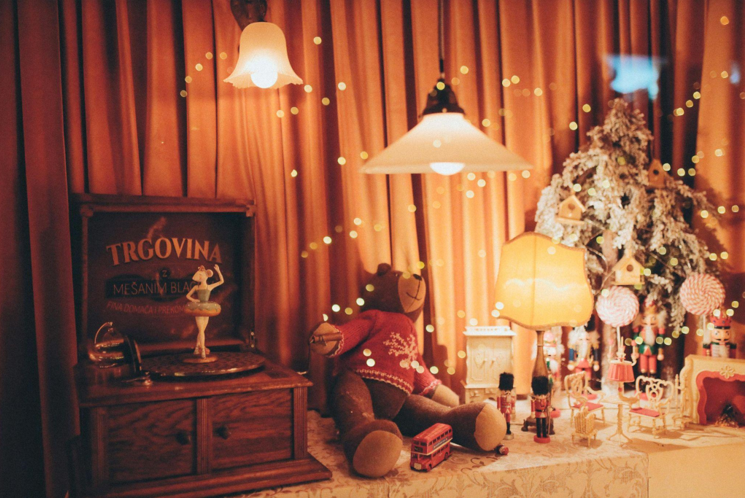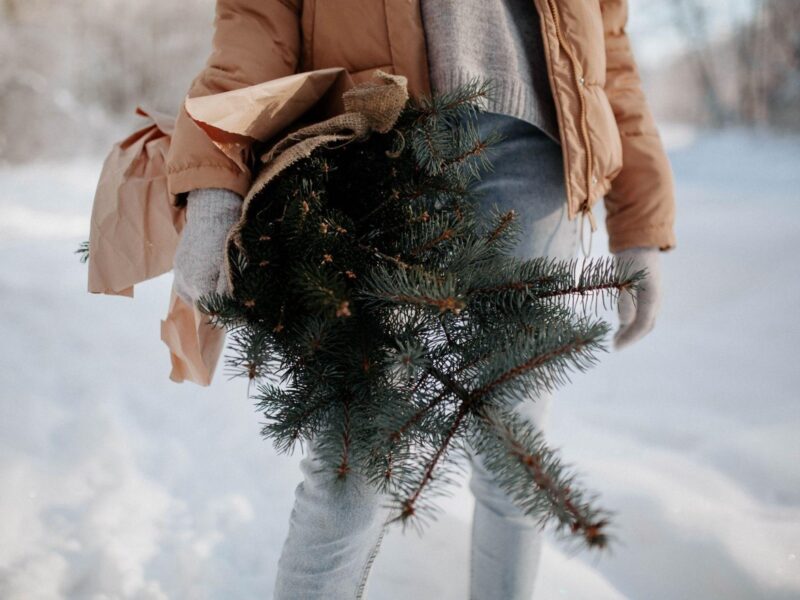Learn the History and Types of Artificial Christmas Trees
Artificial Christmas trees have been around for over a century, dating back to the early 20th century when German companies started producing them. Early artificial trees were usually made of feathers or paper mache, but by the 1950s, aluminum trees became all the rage. Today, manufacturers offer various artificial trees made from PVC, PE, and other materials, ranging from highly realistic to brightly colored and whimsical.
One of the main benefits of artificial trees is that they can be reused year after year, reducing the need for tree farms and the carbon emissions associated with transporting and disposing of live trees. Artificial trees also don’t shed needles, making them less messy and more accessible to clean up.
However, artificial trees do have some environmental drawbacks. Most are made from non-recyclable materials that can take centuries to decompose in landfills. Additionally, some cheaply-made trees may contain harmful chemicals such as lead, which can leach into the air or water during production or disposal.
Honey, I Shrunk the Bees: Fun Facts About Artificial Trees and Their Bee-Inspired Designs
Many artificial Christmas trees feature branches and needles that imitate the natural look of evergreen trees. But did you know that some tree designers have also drawn inspiration from honeybees?
For example, some tree branches are coated in tiny droplets that mimic the appearance of a honeycomb. Others have metallic finishes that shimmer like honey or amber. Some tree toppers even feature glittery queen bees or worker bees, adding a touch of whimsy to traditional holiday decor.
While honeybees may not directly associate with Christmas, they are crucial in pollinating the many evergreen trees that populate forests worldwide. Bees rely on these trees for nectar and pollen, turning them into honey and other nutritious treats. So, next time you’re admiring an artificial tree’s bee-inspired design, take a moment to appreciate the hardworking pollinators that helped make it possible.
When choosing an artificial tree, consider its materials and size, shape, and style. Look for trees made from eco-friendly materials such as recycled PVC or PE that can be reused for many years. Consider a tree with LED lights, which use less energy and last longer than traditional incandescent bulbs. Remember to recycle your tree during the holiday season by donating it to a local school or organization for crafts or composting it.
In conclusion, while artificial Christmas trees may not offer the same natural charm as live ones, they have come a long way in quality, safety, and design. By choosing an eco-friendly tree and taking good care of it, you can enjoy the festive spirit of the season without harming the environment or sacrificing style. So go ahead, adorn your home with a bevy of queen bee toppers and twinkling honeycomb lights, and celebrate the joys of Christmas and the wonders of nature.


